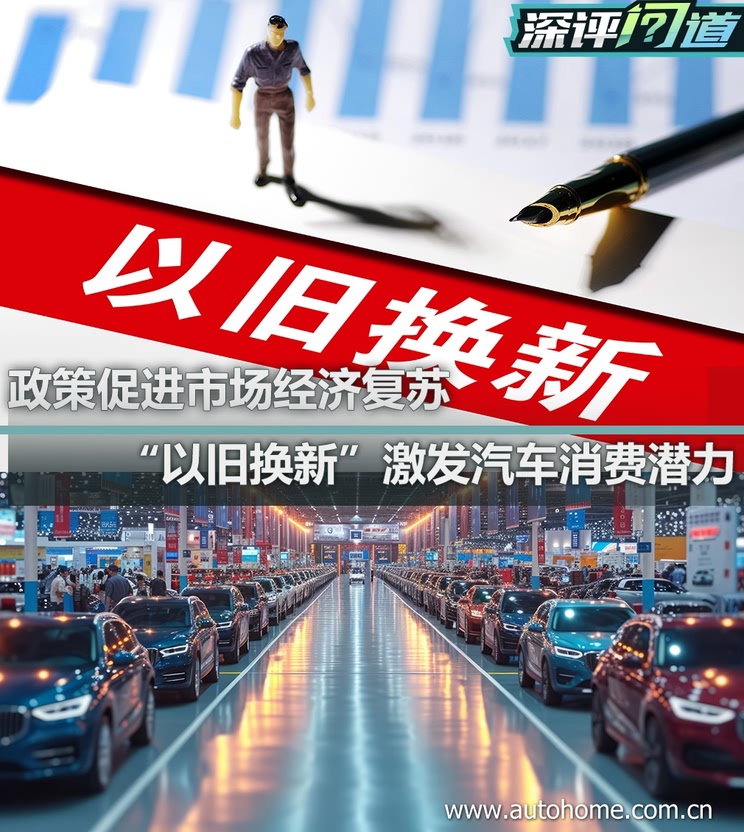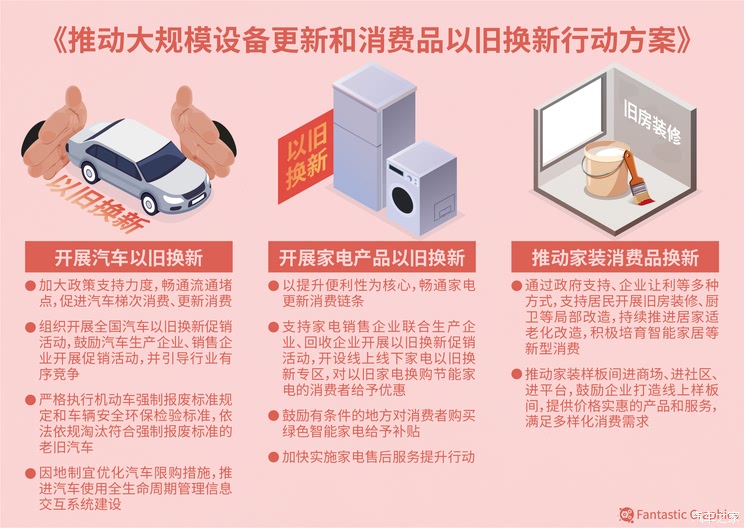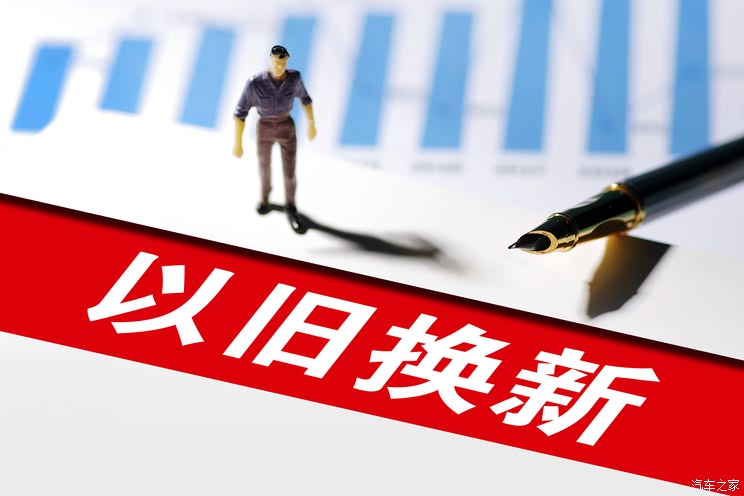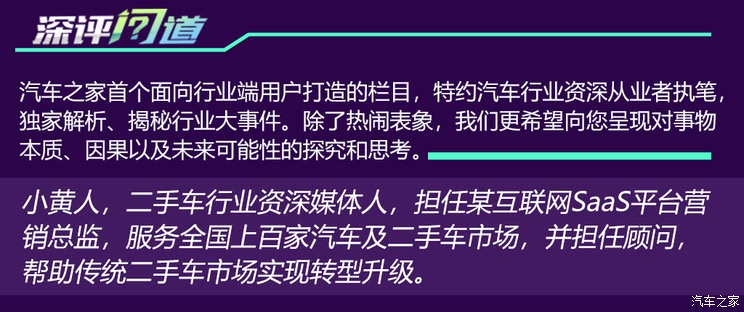[Industry of car home] 2024 will be a crucial year to promote consumption growth. In 2023, it was defined as "Boosting Consumption Year" by the Ministry of Commerce. Over the past year, the national government departments have taken various measures to promote the sustained recovery and expansion of consumption, which has played an important role in supporting the recovery of the national economy. The Central Economic Work Conference proposed that efforts should be made to expand domestic demand and stimulate potential consumption in 2024.

This year, the Ministry of Commerce closely followed the key word of "continuous expansion" mentioned by the Central Economic Work Conference, enhanced the rebound momentum of the consumer market, and designated 2024 as the "year of consumption promotion". The goal of consumption promotion year is to make consumption a key engine of economic growth and provide a strong impetus for the development of the country. Among them, automobile consumption will become an important engine to stimulate the overall economic growth.
In this rapidly changing era, the car is no longer an unattainable luxury, but has become an essential tool for many families to travel. However, with the continuous increase of car ownership, the problem of old car elimination and new car replacement has become increasingly prominent. In order to cope with this challenge, the government has introduced the automobile trade-in policy, aiming at promoting the healthy development of the automobile consumption market.
Trade-in for new ones to inject new kinetic energy into automobile consumption
On February 23, the fourth meeting of the Central Committee of Finance and Economics emphasized that it is necessary to encourage and guide a new round of large-scale equipment renewal and trade-in of consumer goods, encourage the trade-in of traditional consumer goods such as automobiles and household appliances, and promote the trade-in of durable consumer goods. On March 1st, the the State Council executive meeting deliberated and adopted the Action Plan for Promoting Large-scale Equipment Renewal and Trade-in of Consumer Goods, focusing on the implementation of the "four major actions" of equipment renewal, trade-in of consumer goods, recycling and upgrading of standards.

At the just-concluded National "Two Sessions", the the State Council Municipal Government’s work report mentioned: "Stabilize and expand traditional consumption, encourage and promote the trade-in of consumer goods, and boost the mass consumption of intelligent networked new energy vehicles and electronic products."
"Promoting the trade-in of consumer goods is not only a powerful measure to enhance the current economic growth momentum and consolidate the recovery, but also a long-term strategy to promote high-quality development." Wang Wentao, Minister of Commerce, said at the economic theme press conference.
Taking the scene of automobile purchase increase and replacement as an example, the main scene of automobile consumption gradually switches from the first purchase to the purchase increase and replacement scene. In recent years, every year in passenger cars,The scale of replacing new cars has reached 6 to 7 million.The replacement rate is about 30%. From January to May 2023, the proportion of fuel owners replacing new energy vehicles has reached 22%, while in 2020 it was only 4%, and the share has increased nearly five times in three years.
Qian Fangli, deputy to the National People’s Congress, member of the Financial and Economic Committee of the National People’s Congress and former director of the Department of E-commerce and Information Technology of the Ministry of Commerce, said: China’s automobile population has reached 226, and there is still much room for growth. This just shows that automobile consumption is huge, and its role in promoting economic growth can not be ignored; Automobile industry involves a wide range, a long industrial chain and a large market scale. As a strategic and pillar industry of the national economy, automobile consumption is of great significance to boosting domestic consumption and stabilizing industrial and economic development.
Therefore, the automobile "trade-in" policy has undoubtedly injected new vitality into the automobile market. It stimulated the sales of new cars and promoted the upgrading of the automobile industry, thus stimulating the growth of domestic demand. At the same time, this policy also encourages consumers to treat automobile consumption more rationally and avoids the waste of resources.
Redemption drives the industry to upgrade in an all-round way
From the perspective of environmental protection, promoting automobile trade-in will help reduce the number of old and high-emission vehicles, thus reducing air pollution and traffic emission pressure. The energy efficiency and emission standards of new cars are often higher, which helps to improve the environmental quality and promote green travel.

Wang Wentao said that China’s automobile, home appliances and home improvement markets are complex, and a considerable number of products have a long service life and high energy consumption emissions. Some of them still have certain security risks because of long-term use. For example, there are more than 16 million passenger cars with emission standards of Grade III and below in use, of which more than 7 million are over 15 years old; On average, about 270 million household appliances exceed the safe service life according to the standard every year.
The policy encourages consumers to buy new energy vehicles or fuel vehicles that meet emission standards, which will help promote the green development and transformation and upgrading of the automobile industry. The promotion and application of new energy vehicles will accelerate, and the traditional fuel vehicle market will gradually develop in a more environmentally friendly and energy-saving direction.
The trade-in policy will promote the elimination and renewal of old vehicles and accelerate the upgrading of the automobile market, which will help optimize the structure of the automobile market and improve the overall vehicle quality and environmental protection level of the market.
In addition, the trade-in policy will also promote the vigorous development of the used car market. According to the statistics of china automobile dealers association, in 2023, the accumulated transactions in the national used car market reached 18,413,300 vehicles, up by 14.88% year-on-year, and the accumulated transaction amount was 1,179,532 million yuan. Since 2024, the national second-hand car market has shown a strong growth momentum. In January, the national second-hand car trading volume reached 1,688,400, an increase of 1.65% from the previous month and a year-on-year increase of 35.26%. This achievement marks a good start for the used car market in the new year, and also injects new vitality into the whole automobile industry.
The increasing trading volume of used cars shows that the frequency of replacement in the national automobile market is increasing, which also indicates that the policy of replacing old cars with new ones will bring huge consumption growth.
The automobile trade-in policy will also promote the development of related industries in the upstream and downstream of the automobile industry chain, such as automobile manufacturing, sales, maintenance, scrap recycling and so on. This will provide more business opportunities and development space for related industries and promote the coordinated development of the entire automobile industry.
Supporting policy combination boxing can not be less
Ning Ji Zhe, member of the Standing Committee of Chinese People’s Political Consultative Conference, deputy director of the Economic Committee, vice chairman of China International Economic Exchange Center and former director of the National Bureau of Statistics, believes that on the whole, the favorable factors for China’s economic development outweigh the unfavorable factors, and the current economic recovery is getting stronger and stronger, and social confidence is constantly improving. However, we still need to be proactive, pioneering and innovative, and we can’t wait for the pie to fall from the sky. He pointed out that continuing to expand consumption plays a key role in achieving the expected goal of GDP growth of about 5%.
"Looking forward to 2024, under the trend that residents’ income and consumption will gradually improve, the policy of promoting consumption by superposition will continue to exert its strength, and the foundation of consumption recovery will continue to be consolidated, which will help stabilize consumption." Wen Bin, chief economist of China Minsheng Bank, said.
For consumers, the "trade-in" policy of automobiles has also brought tangible benefits. Consumers can get new cars by replacing old cars, which not only satisfies their pursuit of better quality of life, but also reduces the economic pressure of buying cars. At the same time, policies are often accompanied by a series of preferential measures, such as subsidies and tax cuts, which further reduce the burden on consumers.

After the introduction of the trade-in policy, some OEMs such as Chery Group, Geely Automobile, Haval, Shenlong Automobile and FAW-Volkswagen have introduced the "trade-in" subsidy policy, and the subsidy amount ranges from several thousand yuan to tens of thousands of yuan.
In addition to the car subsidies given by enterprises, consumers still need some supporting policies from government departments to boost consumer confidence in order to meet the upcoming huge wave of automobile consumption. For example, in 2023, some local governments launched a series of activities, such as "Car Festival", which greatly improved consumers’ willingness to buy and change cars by issuing coupons, incentives, tax relief and so on.
Wang Qing, deputy director of the Institute of Market Economy of the State Council Development Research Center, said, "In the past, fiscal policies were more biased towards infrastructure investment and the upstream manufacturing sector. But from the current point of view, more attention needs to be paid to how to lead the consumption side to upgrade, indirectly forming a virtuous circle; At the same time, it is necessary to solve the shortcomings of products in the consumption process, so as to fundamentally form a systematic policy effect. "
Trade-in of automobiles is not only a transaction process, but also needs to combine supply and marketing, upstream and downstream industrial chains, cooperation between government and the people, online and offline linkage, comprehensive policies and other factors, so as to further promote the transformation of automobile consumption from quantity to quality, thus enhancing consumers’ satisfaction and happiness, and at the same time, it will also promote the overall development of the automobile industry, improve the core competitiveness of China automobile brands, and bring positive and positive results to stabilizing and expanding the automobile consumption market. (Text/car home Industry Commentator)
